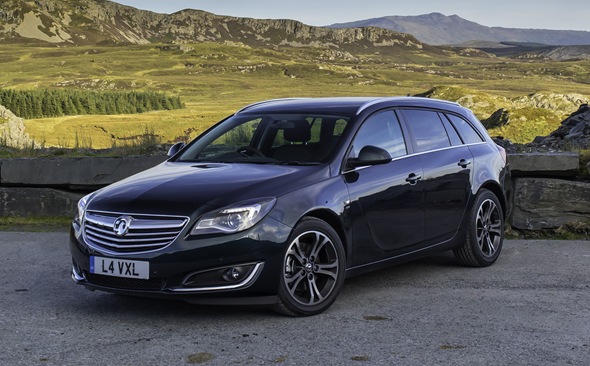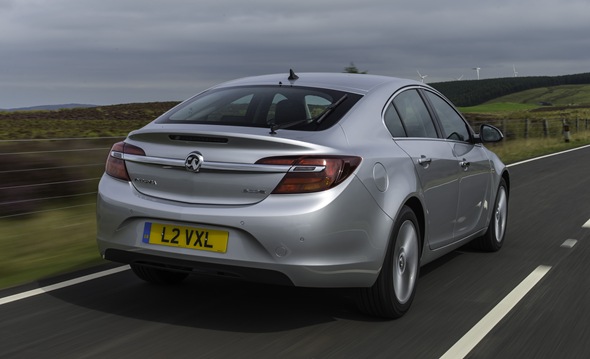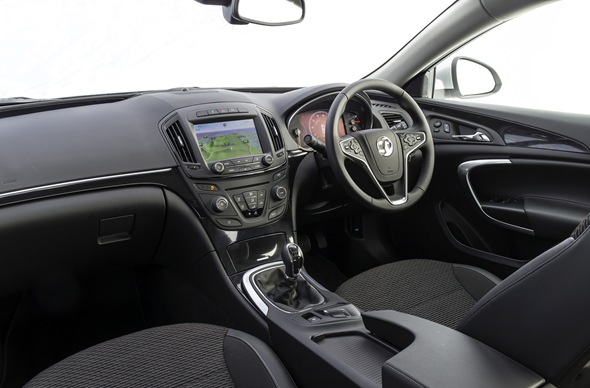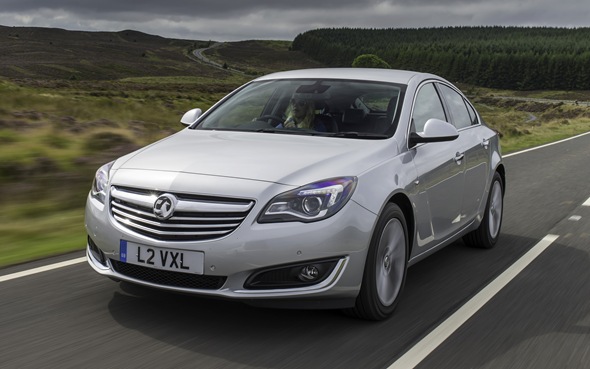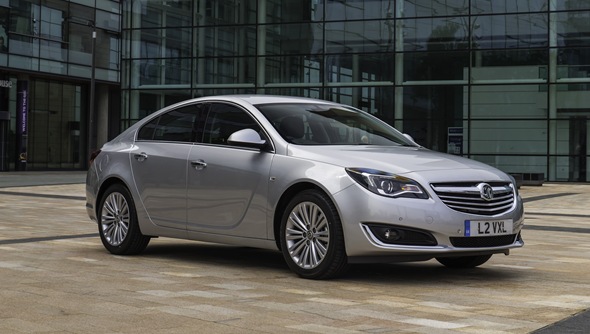First Drive Review: Vauxhall Insignia facelift 2014
With the UK being the largest market for the Vauxhall Insignia, it is no wonder they are such a regular sight on UK roads.
Impressively, despite the current model being run out, Vauxhall claim to have shifted 1,200 of them in August alone.
On sale since 2008 and although being less of a driver's car, the Insignia has always outsold its fiercest rival, the Ford Mondeo. Five years on and with 167,000 sold, there is a heavily facelifted model to build on this success.
There is more to this Insignia than some metalwork and interior trim tweaks; prices have been reduced, there are new engines, enhanced driving dynamics and clever technology.
For context, Vauxhall loaned me a current Insignia just before the launch event to compare it against the new car.
Exterior styling
On first glance, from the outside, the new Insignia looks virtually unchanged from the outgoing car. This is good news, as there isn't much wrong with the sleek styling of the saloon, hatchback and Sports Tourer estate versions.
At the front, the grille is now wider, lower and ties in with the swage lines of the bonnet. There are also new lights with the 'wing signature', LED daytime running lights on top models and a new front airdam, with black or chrome accents around the fog lamps. These are a 3D design, that is supposed to emphasise the width of that new grille.
An active shutter is fitted on ecoFlex models below the front numberplate, which shuts at speed to cut drag.
At the back, the latest Insignia is designed to look wider and lower. This is achieved with new LED rear lights, which are now part of a longer and wider chrome logo bar, that stretches across the boot. These lights now have the same 'wing' detailing as the hi-end front headlights and two reversing lights sunk into the chrome.
Finally, the rear spoiler on saloon and hatch models is now part of the metalwork rather than a plastic stick-on.
All these design tweaks equal class-leading aerodynamics of under 0.25 drag coefficient for the hatch and 0.28 for the Sports Tourer.
Interior styling
More work has been done on the interior of the new Insignia and after spending a couple of days with the current car I can see why.
The existing dashboard design is attractive; the dials, which look like a chronograph watch, are easy to read and the seats are supportive. But there are problems with the over-complicated, button-heavy console, the dated sat-nav and some of the interior trim feels disappointingly cheap.
The biggest change to the interior of the Insignia is the revised centre console. On models fitted with Intellilink satellite-navigation, a new eight-inch screen now dominates it. Gone also is the mass of tiny poorly-marked buttons, as the controls for the stereo and phone are all part of this touch-screen infotainment system.
In practice, the system works well enough, making it easy to navigate between various menus on the screen, or via an Audi-like touch pad, situated down by the gearlever. However, I thought that the touchpad had a cheap feel to the way it operated, plus it clicked annoyingly every time I moved my hand over it.
Also gone are the chronograph instruments, replaced by £400 of optional TFT screen for the speedo. However the temperature and fuel gauges look a bit odd alongside, as they are still analogue.
Easy to read, apart from in direct sunlight, it does make the Vauxhall feel upmarket, which is echoed by the new thickly-padded three-spoke, multi-function steering wheels and a change of plastic grain.
Engines and transmissions
The Insignia's engine line-up has been broadened by the addition of two direct injection SIDI (Spark Ignition Direct Injection) turbocharged petrol engines, in 168bhp 1.6-litre and 247bhp 2.0-litre forms.
There is now also the choice of 118, 138 and 161bhp versions of the 2.0-litre CDTi Diesel engine. More significant for company car buyers are the ecoFLEX versions of the 118 and 138bhp versions of these engines, which emit just 99g/km of CO2, dropping it into the 14% Benefit-in-kind category for the 2013/14 tax year.
All engines are available with six-speed manual or six-speed automatic transmissions.
What is the Insignia like to drive?
The first of the new Insignias I tried was fitted with the 168bhp, 1.6-litre turbo SIDI engine.
On the road, it is the refinement of this engine that impresses first, yet it is pleasingly happy to rev. In fact almost too happy, as this Insignia seemed to wheelspin more than expected.
I followed the new petrol engine, with the CDTi diesel in 138bhp form. Like the old 158bhp ecoFLEX car I had on test, it is quite grumbly on start-up and when accelerating. There is also plenty of torque, with performance that I felt almost matched the old bigger engine.
Both the new Insignias I drove have a less than slick six-speed manual gearbox.
I also had a brief drive in the new 247bhp, 2.0-litre turbocharged SIDI petrol, which comes later on with the Tourer off-roader versions, but it didn't feel as smooth, or eager as the figures would suggest.
The ride on the current car, with 18-inch alloys, I think leaves a lot to be desired. On top of the noisy engine, there is plenty of road roar and even the most minor Tarmac scars really unsettle it.
However, the facelifted car with revised rear suspension and new bushings seems far more compliant and refined, even on similar 18-inch alloys.
In fact, the most disappointing part of the latest Insignia's driving experience is the steering, which despite retuning work, is still over-light and lacking in feel.
Specification and pricing
Design, Energy, Limited Edition, SRi, SRi VX-Line, SE, Tech Line, Elite and VXR trims will be available from October, with prices starting at £16,279 for the 1.8 VVT Design hatch.
Specifications are generous; even the entry-level Design has a DAB radio, Bluetooth, cruise control, climate control and electric front windows.
Crucially, Vauxhall has made the Insignia more affordable. For example, the entry-level Design trim costs £2,000 less than the outgoing car. This is key when company car buyers are taxed on a portion of their car's value, making this new model look even more attractive when compared to rivals.
So should you buy one? Facelift improvements and price changes aside, I still believe its closest rival, the Ford edges the Insignia as it is the keener drive. But all credit to Vauxhall, as there is not much between them, as it has been usefully improved in its weakest areas and now begins to justify its popularity.
